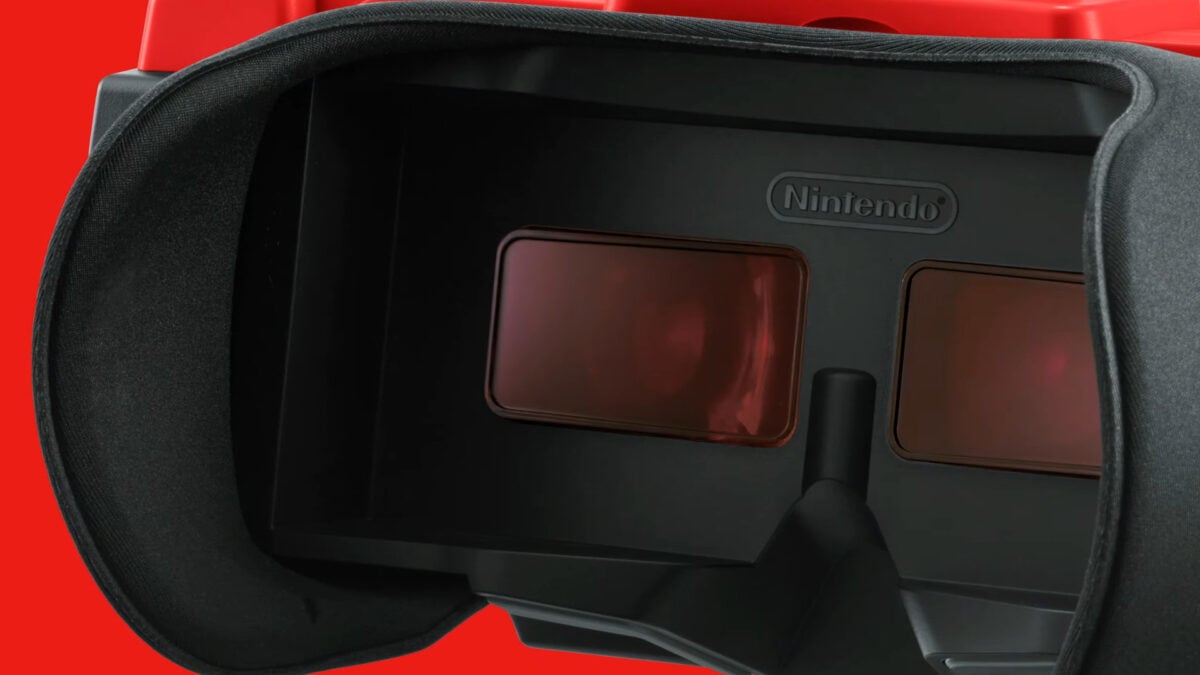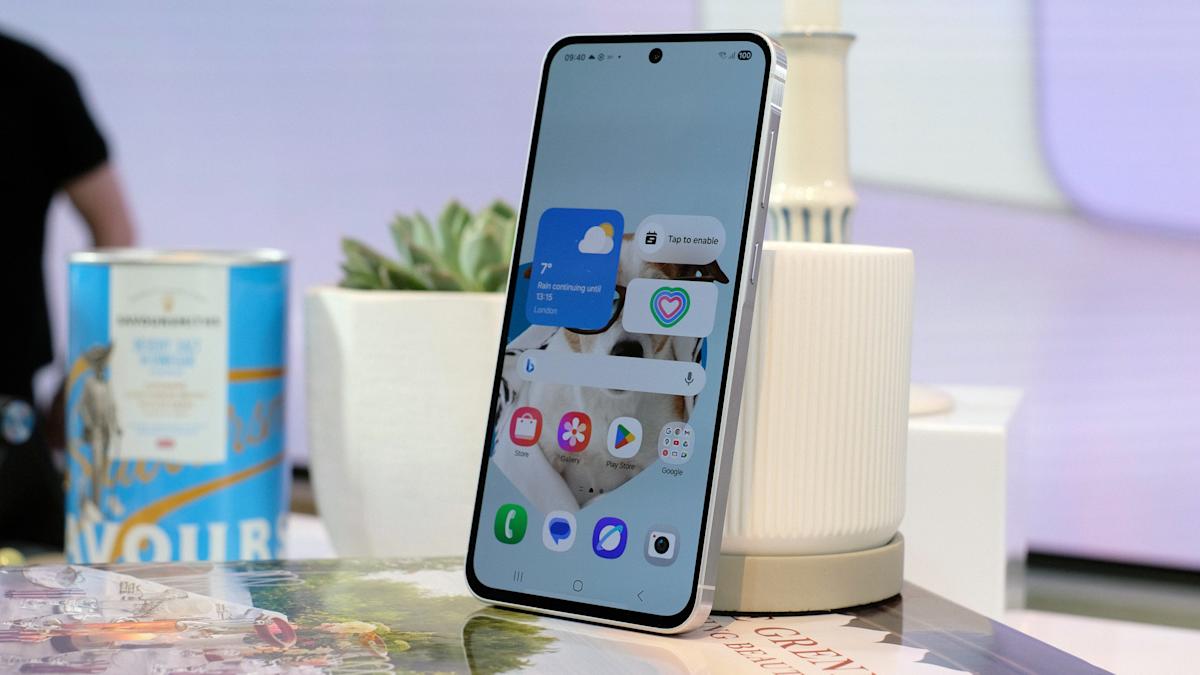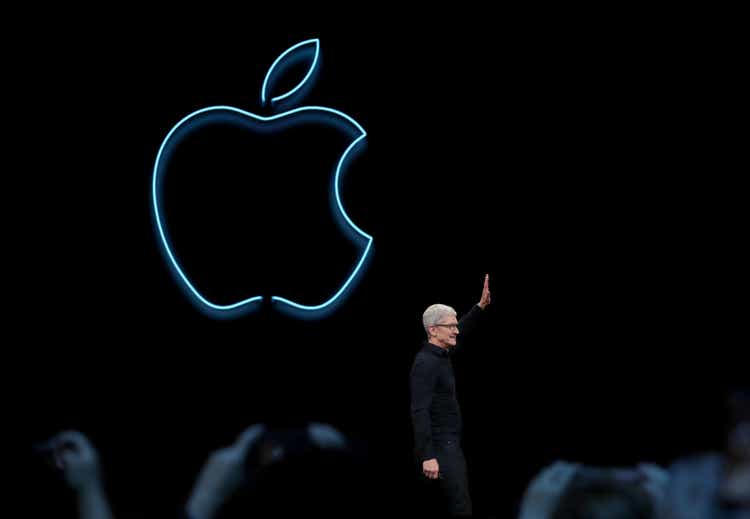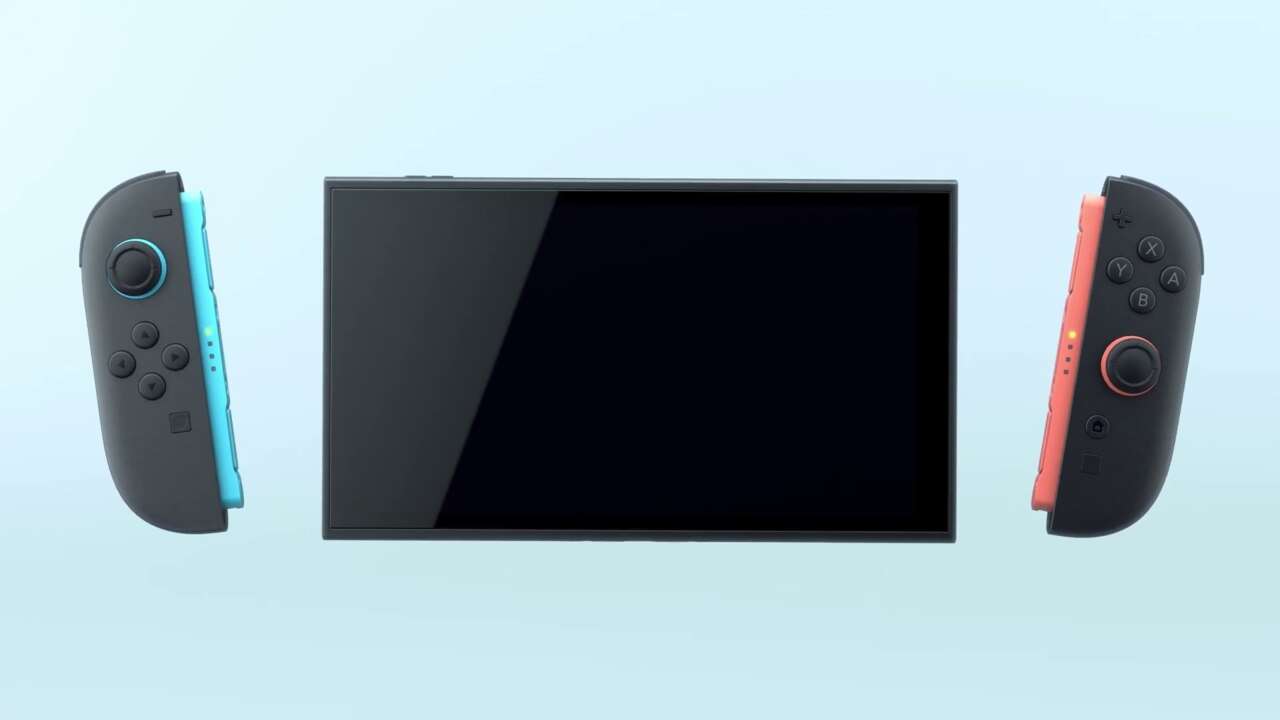Nintendo's Forgotten Flop Gets Surprising Second Life in Switch 2 Lineup

For those who want a more budget-friendly or nostalgic approach to experiencing the Virtual Boy, there's an exciting alternative: a cardboard version that captures the essence of Nintendo's unique virtual reality experiment. This lightweight, DIY option allows enthusiasts and collectors to own a piece of gaming history without investing in the full original setup. Whether you're a retro gaming fan, a Nintendo memorabilia collector, or simply curious about vintage gaming technology, this cardboard replica offers an accessible way to appreciate the Virtual Boy's innovative design and historical significance.








